High-profile smooth light is a form of lighting suitable for shooting in spring and summer. Almost any texture of clothing can use this light type.
Table of Contents
1. The Basic Characteristics of High-profile Forward Light
Forward light is also called “front light”, which refers to the light whose projection direction is roughly the same as the shooting direction. When using forward light, the model is uniformly illuminated, the shadow of the character is blocked by the character itself, and the tone is softer. It is easy to take photos of the surface texture of the model clothes and restore the color with smooth light. This type of light can express a comfortable atmosphere, and at the same time can completely portray the details of the characters, such as delicate skin, makeup, etc.
The basic structure of high-profile forward light can be illustrated with the following schematic diagram. Various specific application methods extend around this basic structure.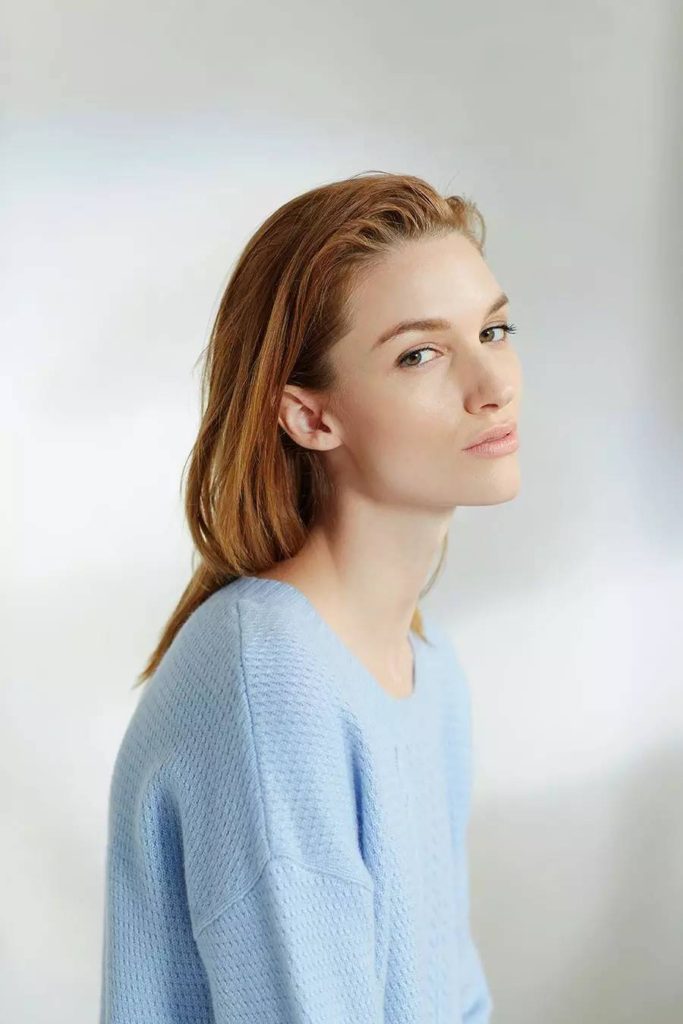
High-profile Forward Light Application
High-profile forward light gives people a bright, pure, relaxed and lively feeling. Depending on the content of the performance, the emotional color conveyed to people by the forward light screen will also be different. Generally speaking, the quiet, elegant, and clean style images involved in landscape photos and commercial photography mostly use a softer, uniform, and bright forward light.
Forward light shooting is the basic form of photography and has its irreplaceable advantages. For example, shooting with a clear blue sky or emerald green vegetation as a background will make the colors in the photo look clear and bright. Because the amount of light is sufficient and smooth, the background can be expressed brightly and vividly.
Although forward light is easy to master, there are some problems that should be paid special attention to. When the model receives uniform light and shadows are projected on the invisible back, the photos taken at this time are often difficult to distinguish between primary and secondary, lack of spatial depth, and the three-dimensional sense of the object and the sense of spatial hierarchy are poor. At the same time, the color in the picture lacks changes in light and shade, and the photos appear flat and straightforward.
Outdoor Light
Therefore, in order to make up for the shortcomings of forward light’s inability to express the space well and the easy overlap of the front and back scenes, a darker subject can be matched with a bright background when shooting. Or match a bright subject with a darker background to form a contrast to enhance the expressiveness of the image. In addition, the depth-of-field effect of the lens can also be used to create the relationship between virtual and real, or the difference in brightness caused by the projection of the front and back scenes can be used to solve the lack of depth of the scene under the light.
When performing light processing outdoors, sometimes the weaker forward light is used as a secondary light. But if the outdoor forward light is too strong, try to reduce the influence of the light by adjusting the camera.
Metering
With high-key forward light shooting, all objects will be clearly displayed in front of you. Exposure control is very easy. For digital SLR cameras, when shooting scenes in a forward-light environment, you can get a more ideal exposure effect as long as you use average metering.
2. Indoor Artificial Light Source Shooting High-key Smooth Light
Use studio lights to create a smooth light atmosphere in the studio. The common light types are as follows.
forward light direct irradiation
Use a high-powered flash in front of the character. The light is not only used to illuminate the characters, but also to take into account the background. This light type is more suitable for light-colored clothing with a simple silhouette. The approximate light ratio is 1:2.5. Note: The dark part of the character needs to be filled with reflectors.
Soft side forward light
While creating a weak backlight in the studio, a soft side forward light is added. This light type can well express the simplicity of the space, and is suitable for clothing with simple lines and styles. The front-to-back light ratio is controlled at 1:1.5. Note: To modify the details of the model’s face light, you can place a light-absorbing board in the dark part and add shadows to emphasize the texture of the face.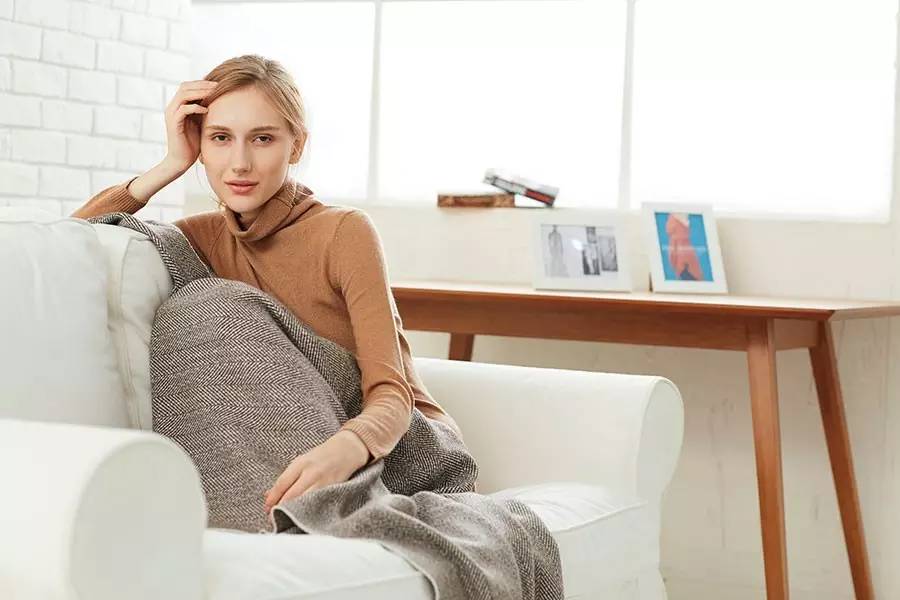
Aperture: f/5.6, speed: 1/160s, ISO: 100, focal length: 100mm
Side light with low light ratio
This light type is more suitable for clothes that need to emphasize texture, such as suits. The more positive light is not easy to have shadows on the fabric, making the clothes look flat and atmospheric. The approximate light ratio is 1:2.5. Note: The shadows in the dark parts are very small, so there is basically no need to fill in the light.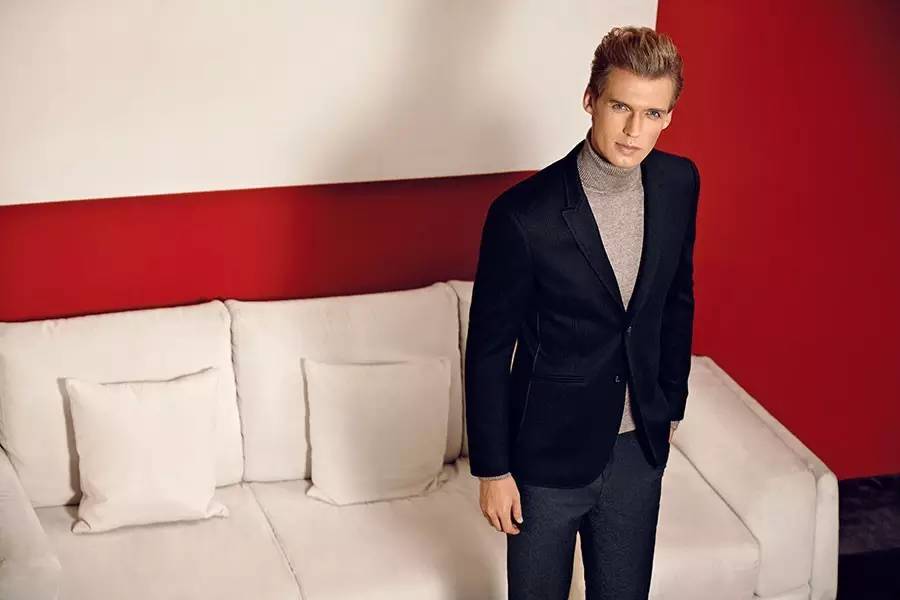
Aperture: f/5.6, speed: 1/125s, ISO: 200, focal length: 50mm
Front side light plus diffuser with great light ratio
This light type is more suitable for clothing with large color blocks and simple lines. The front-to-back light ratio is roughly 1:1.5. Note: The diffuse soft light from the rear has a similar value to the main light in the front. Pay attention to the index added back and forth when metering, and the dark part does not need to be filled with light by the reflector.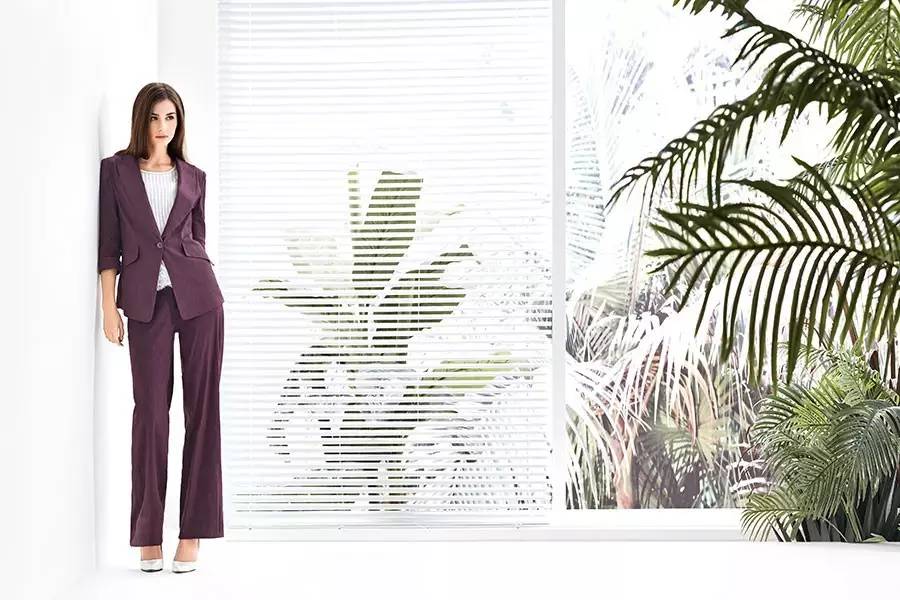
Aperture: f/8, Speed: 1/125s, ISO: 50, Focal Length: 45mm
Side light mixing diffused light with extremely small light ratio
This kind of light type is more suitable for clothes with bright colors and simple tailoring. The light ratio is 1:1.5. Note: Simply using the front side light can easily leave a deep shadow on the background, which does not match the light texture of spring and summer clothing. At this time, you need to add diffuse soft light to weaken the shadows.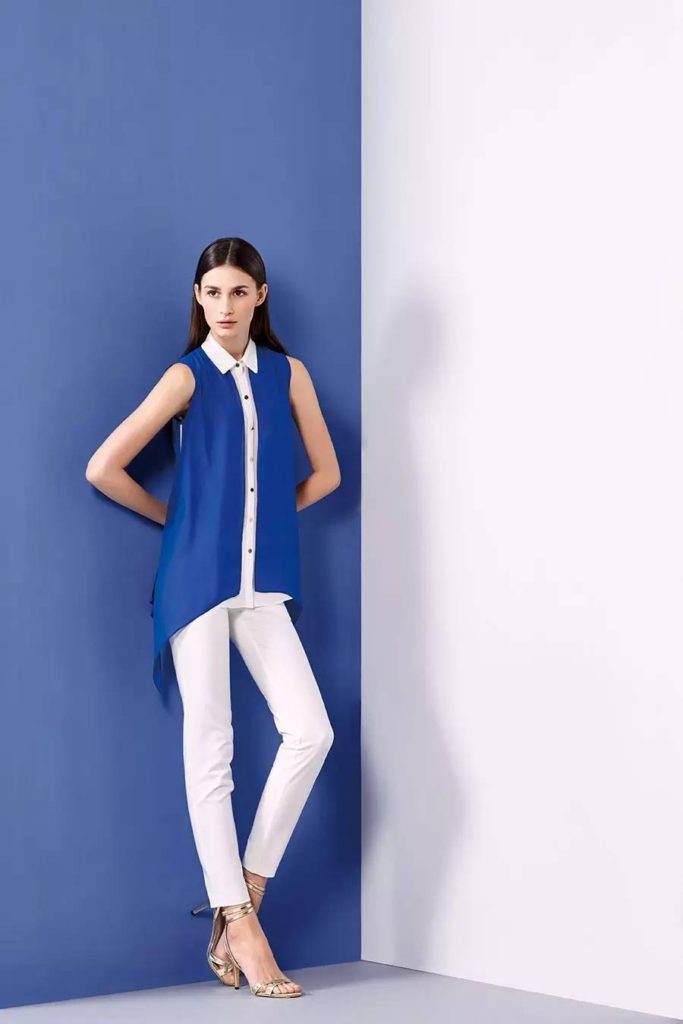
Aperture: f/4, Speed: 1/160s, ISO: 200, Focal Length: 50mm
3. Diffuse and Soft Light Shooting with Natural Light
Just one example:
Shooting in forward light can produce clear and vivid effects. However, if the sun is too high during shooting, it will be very dazzling, and the model’s hair curtain will cast shadows on the face. This is not conducive to shooting. However, the altitude angle of the sun when shooting is about 35°, it is very convenient to shoot at this time.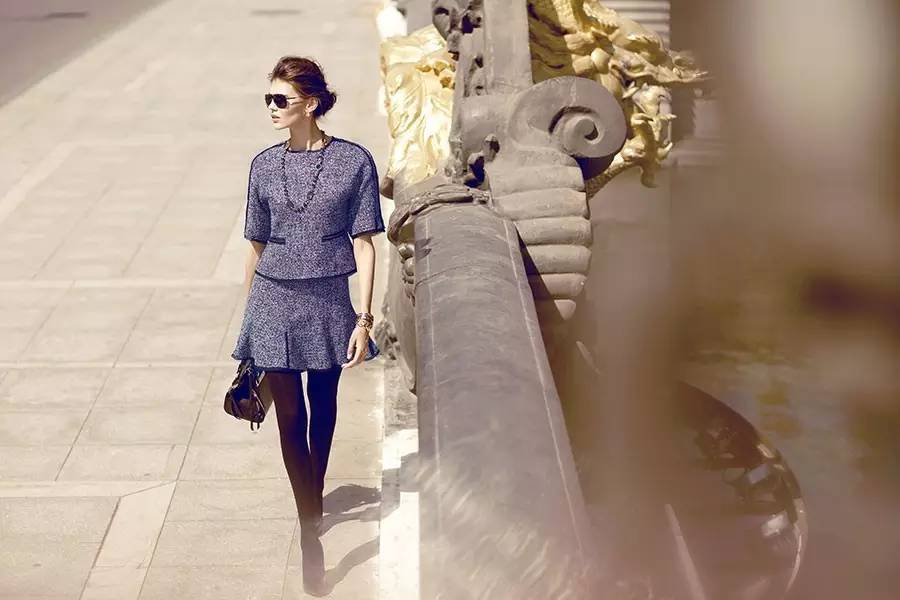
Aperture: f/5.6, speed: 1/800s, ISO: 200, focal length: 100mm